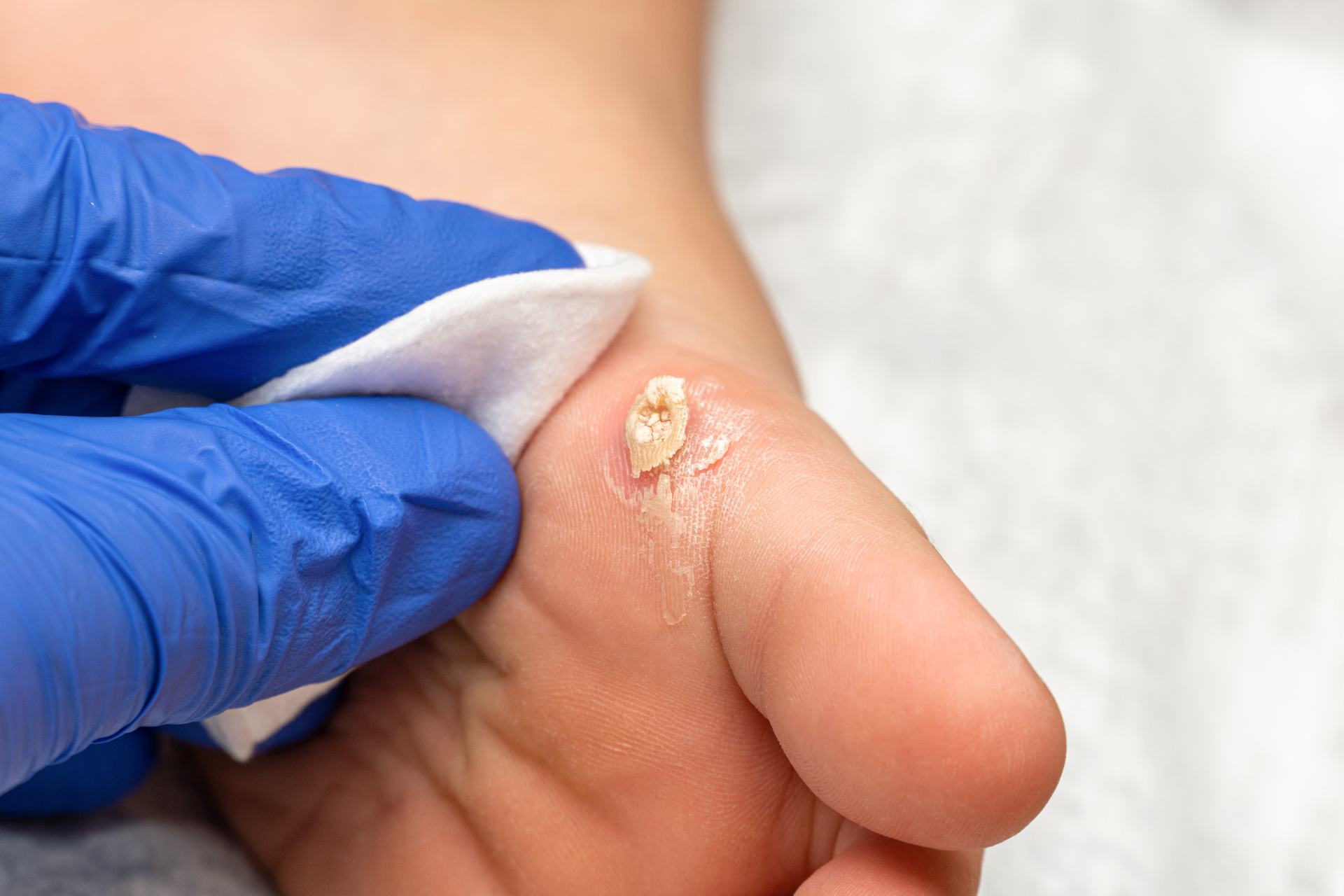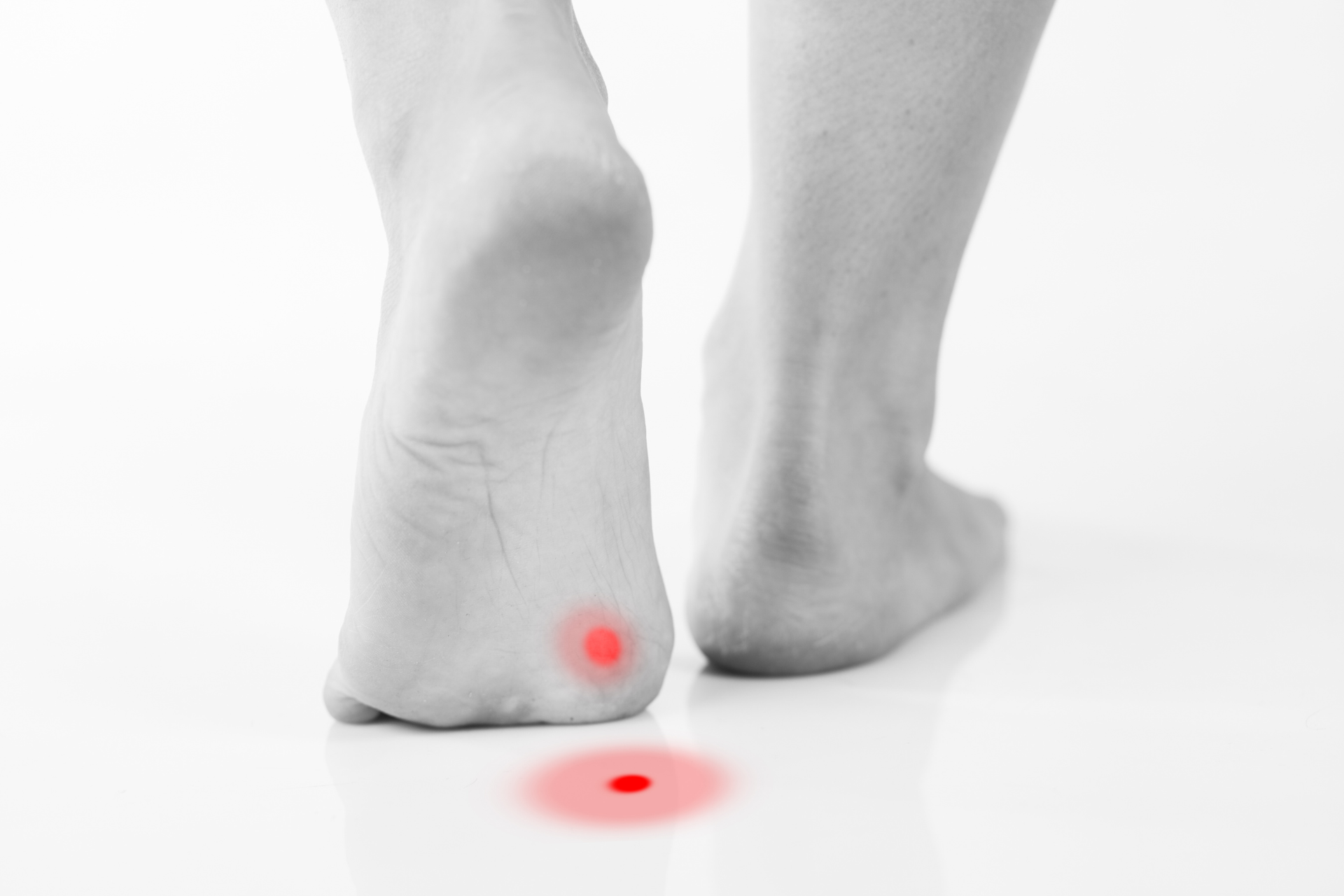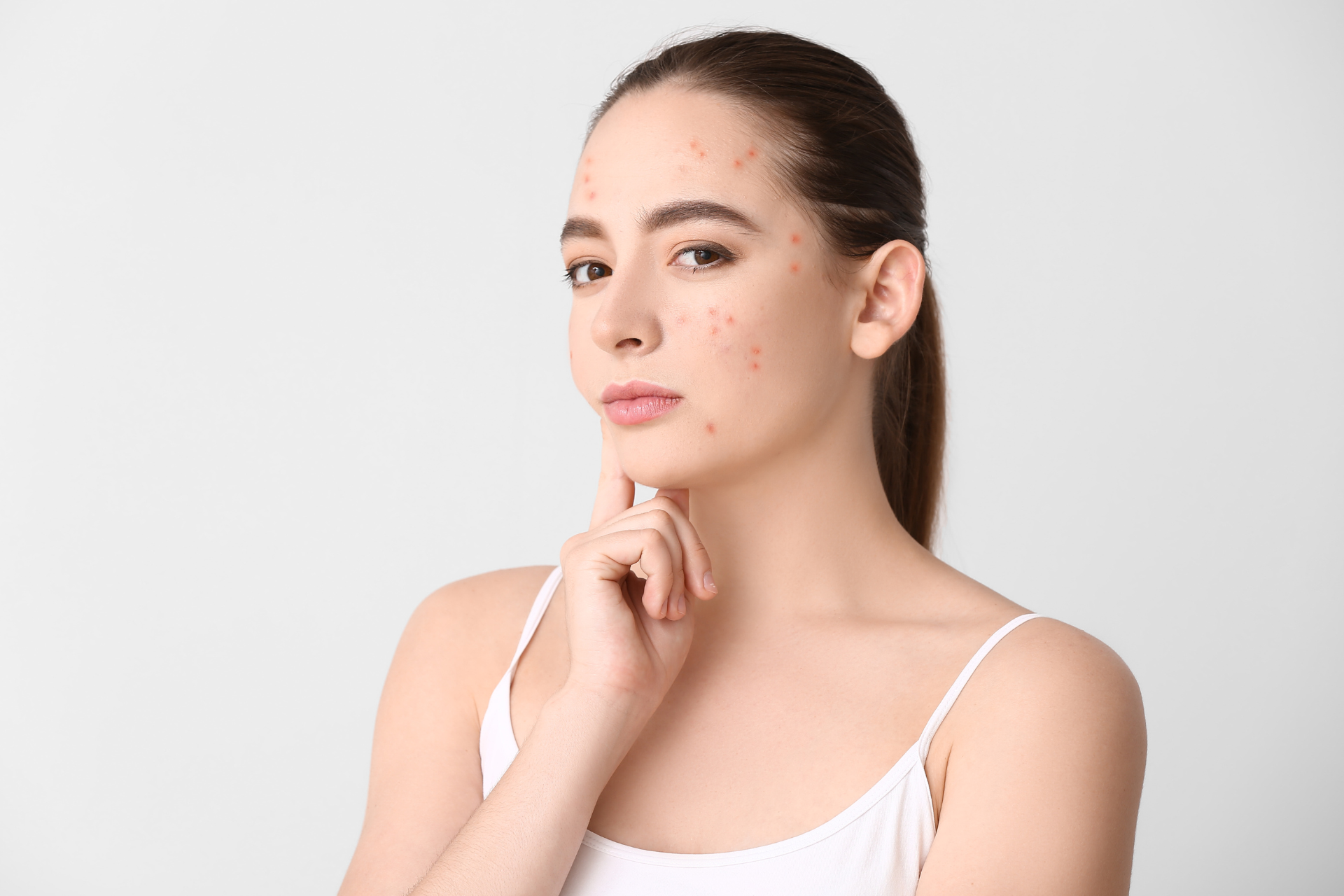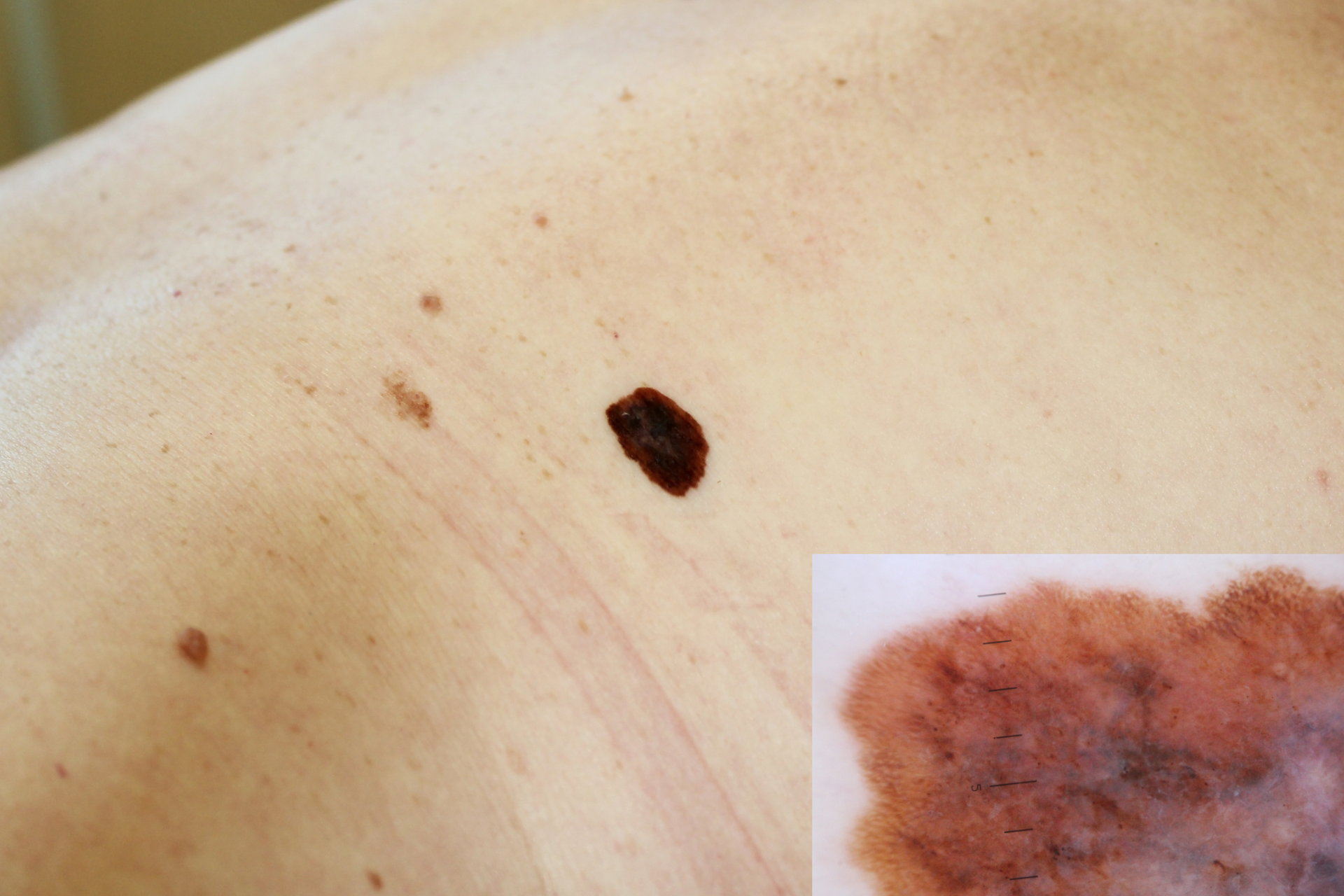Effective Treatments for Warts: From Home Remedies to Professional Care

Warts are a common skin condition that can be both unsightly and uncomfortable. While they are typically harmless, they can affect one's self-esteem and confidence. If you're dealing with warts, you're not alone, and there are several effective treatment options available to help you get rid of them. From simple home remedies to professional care at a trusted clinic like Fall Creek Skin and Health Clinic, here's a comprehensive guide on the best ways to treat warts.
Understanding Warts
Warts are small growths on the skin caused by the human papillomavirus (HPV). They can appear on any part of the body but are most commonly found on the hands, feet, and face. Warts can vary in size, shape, and appearance, and they are contagious and can spread from person to person through direct contact.
Treatment Options
Home Remedies
1. Salicylic Acid
Over-the-counter products containing salicylic acid can effectively treat warts. These products work by gradually breaking down the skin cells of the wart.
2. Apple Cider Vinegar
Applying apple cider vinegar to the wart and covering it with a bandage can help to shrink the wart over time.
3. Duct Tape
Some people have had success treating warts by covering them with duct tape. This method involves keeping the wart covered with duct tape for several days, then removing the tape, soaking the wart, and gently filing it down.
Professional Care
1. Cryotherapy
Cryotherapy involves freezing the wart with liquid nitrogen. This treatment is commonly used in clinics and dermatology offices and is effective in removing warts.
2. Electrosurgery
A medical professional may recommend electrosurgery to remove warts. This procedure involves using an electric current to burn off the wart.
3. Laser Therapy
Laser therapy is another option for treating warts. This treatment uses targeted laser light to destroy the wart tissue while leaving the surrounding skin unharmed.
Why Choose Fall Creek Skin and Health Clinic?
At Fall Creek Skin and Health Clinic, we understand the impact that skin conditions like warts can have on your life. Our experienced team of healthcare providers is dedicated to providing patient-centered care in a welcoming and compassionate environment. Whether you're seeking treatment for skin-related issues like acne, moles, or skin cancer, or general practice problems such as allergies or minor sicknesses, our clinic offers affordable and effective solutions to help you look and feel your best.
Conclusion
Dealing with warts can be frustrating, but with the right treatment approach, you can successfully remove them and regain your confidence. From simple home remedies to professional care at a reputable clinic like Fall Creek Skin and Health Clinic, there are numerous options available to help you get rid of warts. Remember that it's essential to consult with a healthcare provider before starting any treatment to ensure that you choose the best option for your specific needs. Don't let warts hold you back – take the first step towards clear, healthy skin today.




